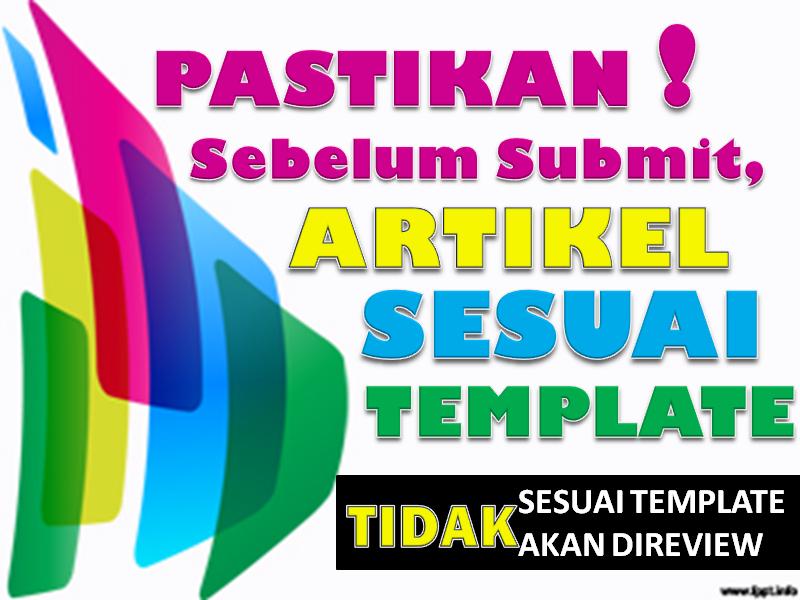The Effect of Social Media on Students’ Motivation in Reading Printed Materials
(1) IAIN Bone
(*) Corresponding Author
DOI: https://doi.org/10.26858/publikan.v12i3.44363
Abstract
Keywords
Full Text:
PDFReferences
Birkerts, S. (1994). The Gutenberg elegies: The fate of reading in an electronic age.
Boston: Faber and Faber.
Bowman, V. (2002). Reading between the lines: An evaluation of windows eyes screen reader as a reference tool for teaching and learning. Library Hi Tech, 20(2), 162- 168.
Carrell, P. L. (1989). Metacognitive awareness and second language reading. The Modern Language Journal, 73(2), 121-134.
Chartier, R. (2004). Languages, books, and reading from the printed word to the digital text. (T. L. Fagan, Trans.). Critical Inquiry, 31(1), 133-152.
Cushman, W. H. (1986). Reading from microfiche, a VDT, and the printed page: Subjective fatigue and performance. Human Factors, 28(1), 63-73.
Grabe, W. (1991). Current developments in second language reading research. TESOL Quarterly, 25(3), 375-406.
Hastings, C., & Henry, J. (2006). Reading is a closed book to today’s children. Retrieved from http://www.telegraph.co.uk/news/1524595/Reading-is-a-closed- book-to-todays-children.html
Holte, M. S.-t. (1998). Creating an optimum reading culture in the low countries: The role of Stichting Lezen. Paper presented at the 64th IFLA General Conference, Amsterdam, Netherlands, August 16-21. Retrieved from https://archive.ifla.org/IV/ifla64/098-80e.htm
Huang, S., Capps, M., Blacklock, J., & Garza, M. (2014). Reading habits of college students in the United States. Reading Psychology, 35(5), 437-467.
Jacobs, J. E., Lanza, S., Osgood, D. W., Eccles, J. S., & Wigfield, A. (2002). Changes in children’s self‐ competence and values: Gender and domain differences across grades one through twelve. Child Development, 73, 509-527. doi: 0009-3920/2002/7302-0012
Johnsson-Smaragdi, U., & Jönsson, A. (2006). Book reading in leisure time: Long‐term changes in young generations’ book reading habits. Scandinavian Journal of Educational Research, 50(5), 519-540.
Junco, R. (2012). The relationship between frequency of Facebook use, participation in Facebook activities, and student engagement. Computers & Education, 58(1), 162-171.
Kaplan, A. M., & Haenlein, M. (2010). Users of the world, unite! The challenges and opportunities of social media. Business Horizons, 53(1), 59-68.
Loan, F. A. (2012). Impact of the Internet surfing on reading practices and choices.
Webology, 9(1). Retrieved from http://www.webology.org/2012/v9n1/a94.html Mastrodicasa, J., & Metellus, P. (2013). The impact of social media on college students.
Journal of College & Character, 14(1), 21-30.
Mishra, B. K. (2008). Book reading habit on decline among youths. Retrieved from http://timesofindia.indiatimes.com/city/patna/Book-reading-habit-on-decline- among-youths/articleshow/3588219.cms?from=mdr
Obama, B. (2008, June 23-29). Barak Obama on libraries: Bound to the new world. Key note address at the opening general session at the ALA Annual conference in Chicago. Retrieved from http://boulderlibrary.wordpress.com/2008/11/10/bound- to-the-word-by-barack-obama-courtesy-of-american-library-association/
Pivec, F. (1998). Surfing through the Internet: The new content of teenagers’ spare time. ASLIB Proceedings, 50(4), 88-92.
Putro, N. H. P. S., & Lee, J. (2017). Reading interest in a digital age. Reading Psychology, 38(8), 778-807.
Ramirez, E. (2003). The impact of the Internet on the reading practices of a university community: The case of UNAM. Paper presented at the World Library and Information Congress: 69th IFLA General Conference and Council. Berlin. Retrieved from: http://archive.ifla.org/IV/ifla69/papers/019e-Ramirez.pdf
Roberts, D. E., & Foehr, U. G. (2004). Kids and media in America. Cambridge: Cambridge University Press.
Article Metrics
Abstract view : 140 times | PDF view : 1 timesRefbacks
- There are currently no refbacks.
Copyright (c) 2022 Siti Nurul Ilmi HL

This work is licensed under a Creative Commons Attribution-NonCommercial-ShareAlike 4.0 International License.
Publikasi Pendidikan : Jurnal Pemikiran, Penelitian dan Pengabdian Masyarakat Bidang Pendidikan
ISSN 2548-6721 (online), ISSN 2088-2092 (print)
Email: publikan@unm.ac.id

Publikasi Pendidikan is licensed under a Creative Commons Attribution-ShareAlike 4.0 International License.
Publikasi Pendidikan : Jurnal Pemikiran, Penelitian dan Pengabdian Masyarakat Bidang Pendidikan Indexed by
































